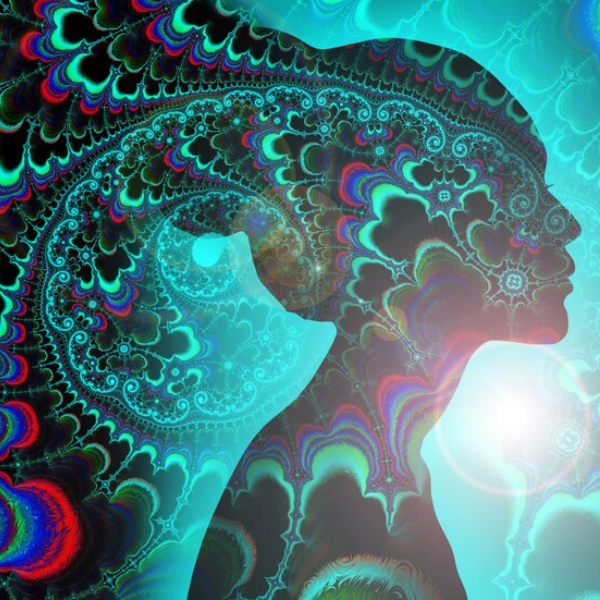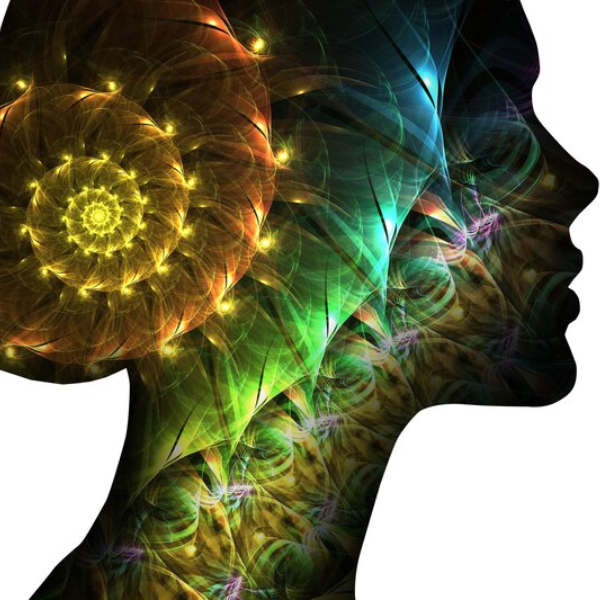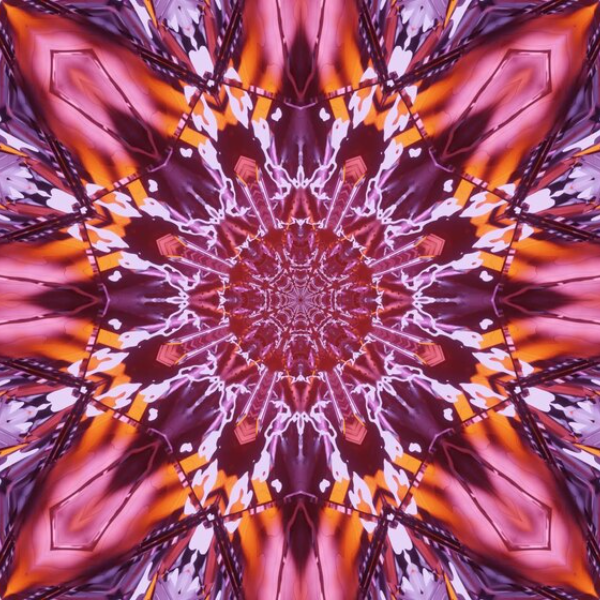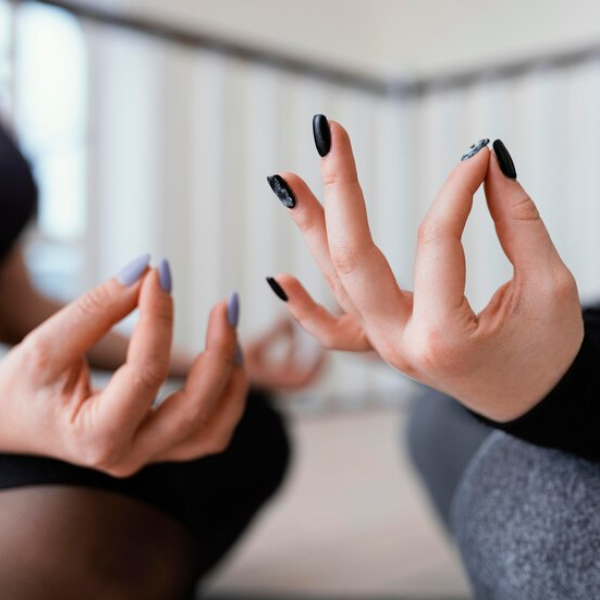Mandalas are circular shapes which are symmetrical in nature. The word “mandala” comes from the Sanskrit language ;It means “circle”. It is a symbolic representation of the universe with an external and internal representation of the world .In religious contexts, especially Buddhism, mandalas are seen as a magical circle with no origin and no end, much like the universe. Mandalas have, since time immemorial, been used as a means of focusing one’s attention. For example, it is used to focus one’s attention while meditating. The use of a mandala facilitates the process of focusing on one thing – due to its symmetrical shape one’s attention is drawn to the center of the mandala. The use of mandalas is often seen in Eastern philosophies such as Buddhism and Hinduism. It was adapted by Western philosophies.


Carl Jung’s work on the mandala is an important source of knowledge and is representative of the influence of mandalas on Western culture .Psychologist Carl Jung argued that mandalas represent one’s collective unconscious, a form of the unconscious that differs from Freud’s concept of the subconscious and the unconscious. He described the mandala as a “self-archetype” and its use is documented in Jungian play therapy.
“Every morning I drew in a notebook a small circular shape, a mandala, which seemed to correspond to my inner situation at that moment. It was only gradually that I discovered what mandala really is… the Self, the whole. The personality, if all goes well, is harmonious. ~ C.G. Jung.

Research studies conducted in the field of psychology have used mandalas as a component to see if the use of mandalas can help reduce stress. Mandalas are also used in art therapy. The therapist uses the mandala created by the client as a representation of his current feelings and emotions, a technique seen by some as self-calming and self-centered .In mandala art therapy, some art therapists encourage their clients to keep a “mandala journal.” Major studies have used “mandala color” in their studies. Mandala coloring is an activity in which color is applied to a pre-drawn mandala, mandalas are applied in a variety of techniques used in art therapy.

Art therapy techniques, including mandalas, are used in conjunction with other core therapies in a variety of settings and formats. Recent studies have shown that mandala coloring is effective in reducing depression. For example, it can be used as a stress reduction technique, to improve mood, and in trauma patients. Most of these studies were conducted on university students or the general public. One such study found zones to be effective as an adjunctive form of therapy for clients suffering from PTSD.
Jung used the mandalas not only in Jungian play therapy, but also in treating clients with emotional disorders. He used mandalas in psychotherapy by asking clients to draw personal mandalas. This process of mapping the zones helped clients identify the emotional disturbances they were experiencing and assisted them in achieving wholeness in one’s personality. Jung noticed a large degree of similarity in the drawings that patients made. According to him, “Considering the fact that all the mantras shown here are new and uninfluenced productions, we are driven to the conclusion that there must be a trans-conscious attitude in each person capable of producing the same or similar symbols. All times and all places. Because this attitude is not usually a conscious possession of the individual, I have called it the collective unconscious.

Mandalas have a special place in Buddhism. One of the richest visual objects in Tibetan Buddhist ritual is the mandala. The mandala here is representative of an imaginary palace that one contemplates during meditation. There are deities in the Tibetan mandala, the main deity is in the middle of the model .The gods embody the philosophical scenes and act as a model. Each object or deity is significant in that it represents an aspect of wisdom or reminds the meditator of a guiding principle.
The purpose of these mandalas is to help transform ordinary minds into enlightened minds and souls, and to aid in healing .Buddhist scriptures indicate that mandalas built from sand transmit positive energy to people and their environment .As mentioned earlier, they are tools that facilitate the healing process. Mandala sand painting was introduced by the Buddha and has many varieties that teach different subjects. A good article describing the use of mandalas in Tibetan Buddhism and Carl Jung’s use of mandalas is Davis, J., (2014). Here, in this article, the author talks about the similarities in the use of mandalas in Eastern and Western philosophies and how it is used as an agent of inner transformation.

The author has made a comparative analysis of the use of mandalas and emphasized that despite the differences in the traditional methods of using mandalas, there are significant similarities regarding mandalas and their symbolic representation. In both philosophies mandalas represent wholeness and are powerful vehicles of healing and transformation. The thesis mandala of the mind; An explanation of the interdependence of the requirements of Buddhist philosophy. Graham Francis King can also be cited for a deeper understanding of mandalas in Buddhist philosophy.
In this essay, the author describes her personal experience of working with mandalas and how it helped her understand the fundamental connection she shares with all humans and the natural world. He explains in detail how his stay in Tasmania and creating his own sand mandalas, part of Buddhist philosophy, helped him understand his own relationship with existence and awareness of himself.

Mandalas are now used for a variety of purposes such as relaxation or concentration. There are many mandala coloring books that can be used by everyone, both children and adults. These books often help to relax, reduce tension and improve mood as mentioned earlier. Some Mandala Coloring Books: Suzanne F. Fincher’s Mini Mandala Coloring Book, The Mandala Guidebook: How to Draw, Paint, and Color Expressive Mandala Art by Kathryn Costa. Mandala is not limited to coloring books. There are some free apps online that are available for easy mandala coloring.

Due to the stress that one faces on a daily basis, the current lifestyle makes one prone to mental illnesses. More than 300 million people have experienced depression and anxiety at least once in their lives At such times it is important for one to take care of one’s mental health and prioritize mental health. The importance of mandalas can be understood from the documents about its use and its effectiveness .It can be used as a self-care technique or self-care routine. What better way than to take a break, relax, let your inner child come out and paint, reduce the stress we carry everyday and give your mental health the nourishment it needs!
Carl Jung’s Psychodiagnosis Using Zones
Mandalas have been used as a symbol of the universe and wholeness in many ancient cultures such as Buddhism, Hinduism, Native Americans, and Australian Aborigines.
Basically, a mandala is a geometric shape – a square or a circle – abstract and fixed, or a vivid image made of objects and/or creatures. It is a cosmic map that reminds us of our infinite connectedness. Interestingly, Swiss psychiatrist Carl Jung explored the psychological effects of mandalas while studying Eastern religion .Interestingly, Swiss psychiatrist Carl Jung explored the psychological effects of mandalas while studying Eastern religion. He is credited with introducing the Eastern concept of the mandala to Western thought and believed it to be symbolic of the inner process through which individuals develop to fulfill their potential for wholeness.
According to Jung, “In these cases it is easy to see how the strict forms imposed by a circular figure and the disturbance of this kind of mental state compensate for it that is, by creating a central point to which all are related, or by a concentration. An irregular multiplicity and an arrangement of contradictory and irreconcilable elements. This is nature’s self.” An attempt at healing.
Jung used zones in his psychotherapy, creating personal zones for patients who were unaware of them. It helped him to identify the emotional disorders and gain completeness in personality .He realized that there was a great similarity in the images they created. “Considering that all the zones shown here are new and independent products, we are driven to the interpretation that every person who can create the same or very similar symbols at all times should have a change of heart. Everywhere .Since this attitude is not usually the conscious possession of the individual, I have called it the collective unconscious, and I postulate the existence of primitive images, myths, as the basis of its symbolic productions.
A mandala is like a design that evokes something within us, a sacred geometry where we recognize our self and our place in the universe .It is an ancient and fundamental relationship from which we have drifted, and mandala is the key to help us return to it. In particular, when the inner ego is challenged, harmony must be restored. At such times, mandalas guide you to listen to the inner voice and find yourself.
As Jung said, “It became very clear to me that the mandala is the center. It is the epitome of all paths. It is the path to the center, to individuality.”
A mandala can also be used to guide us into a hypnotic or heightened state of consciousness. With its aesthetically pleasing designs, an annoying thought cannot shake itself in the person’s mind as they focus only on the hypnotic beauty of the mandala designs. Through this hypnotic state, the person can attain a heightened state of consciousness and a better understanding of themselves. Learn how to create mandalas to manifest your intentions.